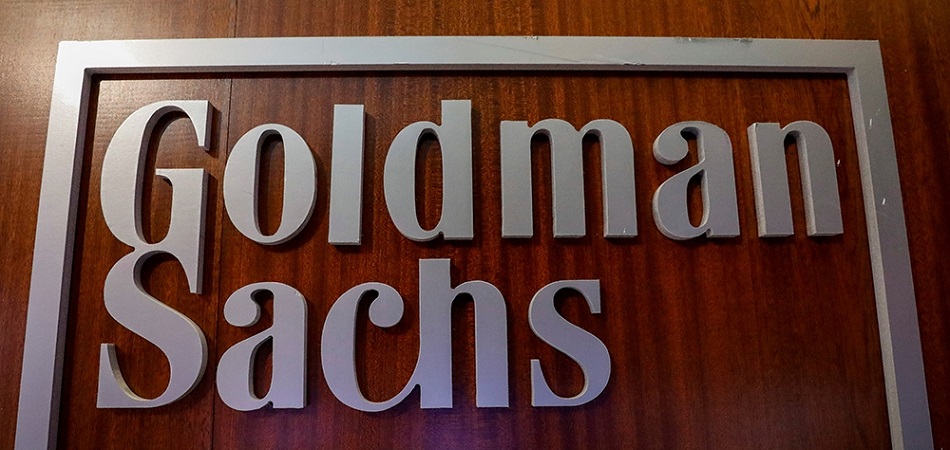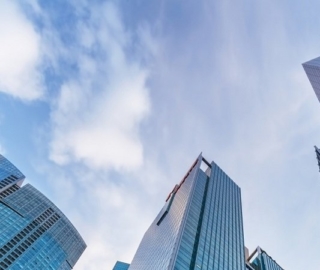
The top 100 global banks, including Goldman Sachs, are beginning to take AI strategies very seriously.
Most banks are focusing their efforts on AI-enabled applications for risk mitigation, particular fraud detection and cybersecurity systems. These applications have a proven history of ROI in the financial services industry.
According to our AI Opportunity Landscape research in financial services, fraud and cybersecurity applications account for more than 26% of the AI-related venture funding raised in financial services, a total of $757 million, more than any other individual area of financial services.
It’s clear that banks and venture capital firms are eager to fund anomaly detection vendors with products that can combat payment fraud and security breaches that threaten the privacy of financial services customers. Goldman Sachs seems to be no exception.
But as an investment bank, Goldman Sachs may have more niche AI needs than many retail and commercial banks; their foray into AI for equity trading highlights this.
In this article, we break down two of Goldman Sachs’ publicized AI initiatives:
- AI for Wealth and Asset Management: The bank’s AI-enabled investment trust, its work with H20.ai, and its interest in leveraging AI for trading and making the best investments for its clients.
- AI for Cybersecurity: The bank’s data mining initiative to combat cyber attacks.
We begin our discussion of Goldman Sachs’ current AI initiatives with their recent investment in the machine learning startup platform H2O.ai.
AI for Wealth and Asset Management
AI-Enabled Investment Trust
Goldman Sachs tested its investment trust, which it claimed makes decisions using AI, in Japan in 2017. The software purportedly runs on natural language processing, a type of artificial intelligence that can discern the meaning within digital text.
The software seems to run through analyst reports and news reports (over 26 million as of the 2017 press release) in order to determine the best investments for clients.
Goldman Sachs claims the software can help user wealth and asset managers in the following ways:
- Predicting the Best Investments: he bank also claims its application analyzes data on new investment targets and determines how promising they are based on historical investment data. This indicates the software has some predictive power, likely generated via predictive analytics.
- Identifying Undervalued Shares: Data about potential investment targets can reveal if a company’s shares are undervalued and possibly worth buying.
- Determining Profitability: The application can purportedly judge how profitable a company is by analyzing their financial data in comparison with previous investment targets.
According to Goldman Sachs, the software generated a return of 28.% between 2014 and 2017.
Investment in H2O.ai
In 2019, Goldman Sachs led a $72.5 million investment round in the AI startup, H2O.ai. The bank’s Vice President of Venture Capital and Growth, Jade Mandel, also joined the AI company’s board of directors. She said of the decision:
H2O.ai’s focus on machine learning transparency and model interpretability facilitates adoption across our industry, and we are delighted to continue to invest in H2O.ai and to further deepen our partnership.
This gets to a key problem with adopting AI in finance: AI is in large part a black box, meaning it’s sometimes impossible to figure out why an AI model made the decision it did to buy or sell stocks, approve a loan applicant, and more crucial decisions.
For more on this problem, read our full article, AI Transparency in Finance – Understanding the Black Box.
The bank claims they are also interested in further adopting H2O’s machine learning platform to help with market making, or providing liquidity to the bank to endorse more trades.
AI for Cybersecurity
Goldman Sachs claims to use data mining and machine learning to combat cyber attacks, but it’s unclear exactly which techniques they use to do this. The same resource mentions the bank’s exploration with anomaly detection technology, a type of machine learning that can identify changes within normal patterns.
Anomaly detection is well-regarded in use-cases like crybersecurity and fraud detection. Many banks have been leveraging it since the early 2010s, working with companies like Darktrace.
Below is a an overview of Darktrace from CNBC:
Anomaly detection software works by first establishing a sense for a normal digital environment. To do this, it often needs to run within a digital ecosystem for several months.
Then, once the software “learns” what constitutes a normal environment, it can begin to flag events that deviate from that norm.
This allows cyber security specialists to have a better gauge of which events to focus on and which to ignore as normal activity.
The bank claims it is looking to expand their AI staff in both cybersecurity and financial modelling.
Emerj for Financial Services Companies
There are several key players in the AI-enabled cybersecurity space. Global banks and financial institutions use Emerj AI Opportunity Landscapes to find the nuances between them and determine which vendor is the right fit for their needs.
They work with Emerj to develop strategies for investing in high ROI AI opportunities and find out what their competitors are doing. Learn more about our research services.
Header Image Credit: Al Jazeera







